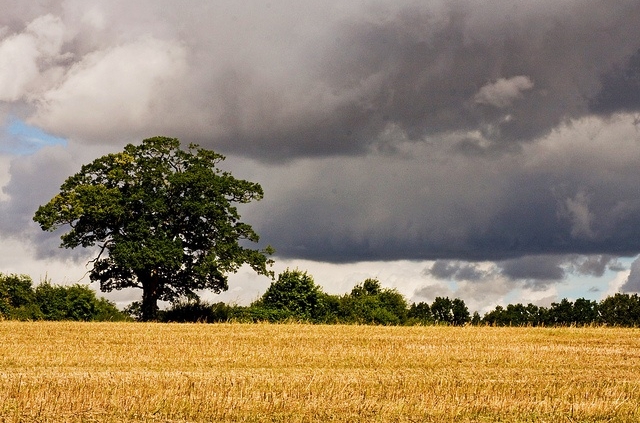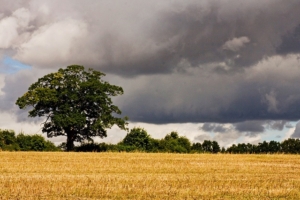Storm-Damaged Trees Salvaged for Value
Storm-Damaged Trees Salvaged for Value
In the past, whenever trees were brought down or completely destroyed by heavy winds and storms, or even by some type of disease which ravaged whole stands of trees, those trees had to be discarded in landfills or ground up to be burned. However, a family-run sawmill in Mississauga, Ontario, Canada is showing the way for such trees to be recycled and repurposed, so they don’t go to waste.
While the business name of this facility is actually Sawmill Sid’s, it’s owner Sidney Gendron refers to it as a Tree and Wood Recovery Center. Whenever his family-run business receives in damaged or diseased trees, they are converted into useful materials for housing and construction, furniture, and sometimes even art pieces. The Sawmill Sid’s business is just one example of a whole new industry which is springing up, to reduce the amount of materials dumped in landfills by recycling them into highly desirable commercial products. This industry has a definite conservation element to it, fully intending to reduce the planet’s carbon footprint, while making maximum use of renewable resources like trees.
Aftermath of the storm
Whenever storms with high winds strike areas within trucking distance of Sawmill Sid’, trucks full of damaged trees are brought into the sawmill for re-purposing, and the number of trees damaged by such weather events can be in the thousands. When Mother Nature isn’t providing damaged wood for recycling, donations come into the sawmill from nearby cities, or from private companies who want to discard their used wood products. Already a thriving market has developed for the recycled wood produced at Sawmill Sid’s, including artisans, craftsmen, restaurateurs, developers, and renovators, many of whom want to do their part for conservation, and all of whom simply want to take advantage of products which are useful to their businesses.
Avoiding the landfill
As Sidney Gendron is well aware, it’s crucial that as much discarded wood as possible is spared from nearby landfills, or chopped up into wood chips, because these outcomes will end up releasing additional carbon dioxide into Earth’s atmosphere, and adding to the greenhouse effect. In a single year, the re-purposed wood from Gendron’s recovery center prevented more than 7,000 tons of carbon emissions from being released into the atmosphere, by capturing those potential emissions in re-purposed wood products.
Wood recycling in the future
Gendron and his whole family firmly believes that the future of wood recycling is extremely bright, especially since relatively few people are currently aware of the potential for re-purposing damaged trees. In another part of Canada, the Canadian Wood Waste Recycling Business Group, headquartered in Alberta, is spearheading a drive to make government groups aware of the potential for wood recycling.
The aim of his group and other similar groups is to increase awareness of government officials, all the way down to individual citizens, about the value of recycling wood products. While it has been slow going at the outset, advocates for recycling wood fully expect that once the message gets out, people around the globe will have the same kind of interest in recycling wood as they do for materials such as plastic, bottles, and others.
Nature’s Packaging is committed to the reuse and recyclability of wood products, especially wood packaging. More than 95% of wood pallets are recovered from landfills and recycled into garden mulch, animal bedding, and other creative uses.
Resources
Local sawmills makes sure trees downed by major wind storm don’t go to waste












